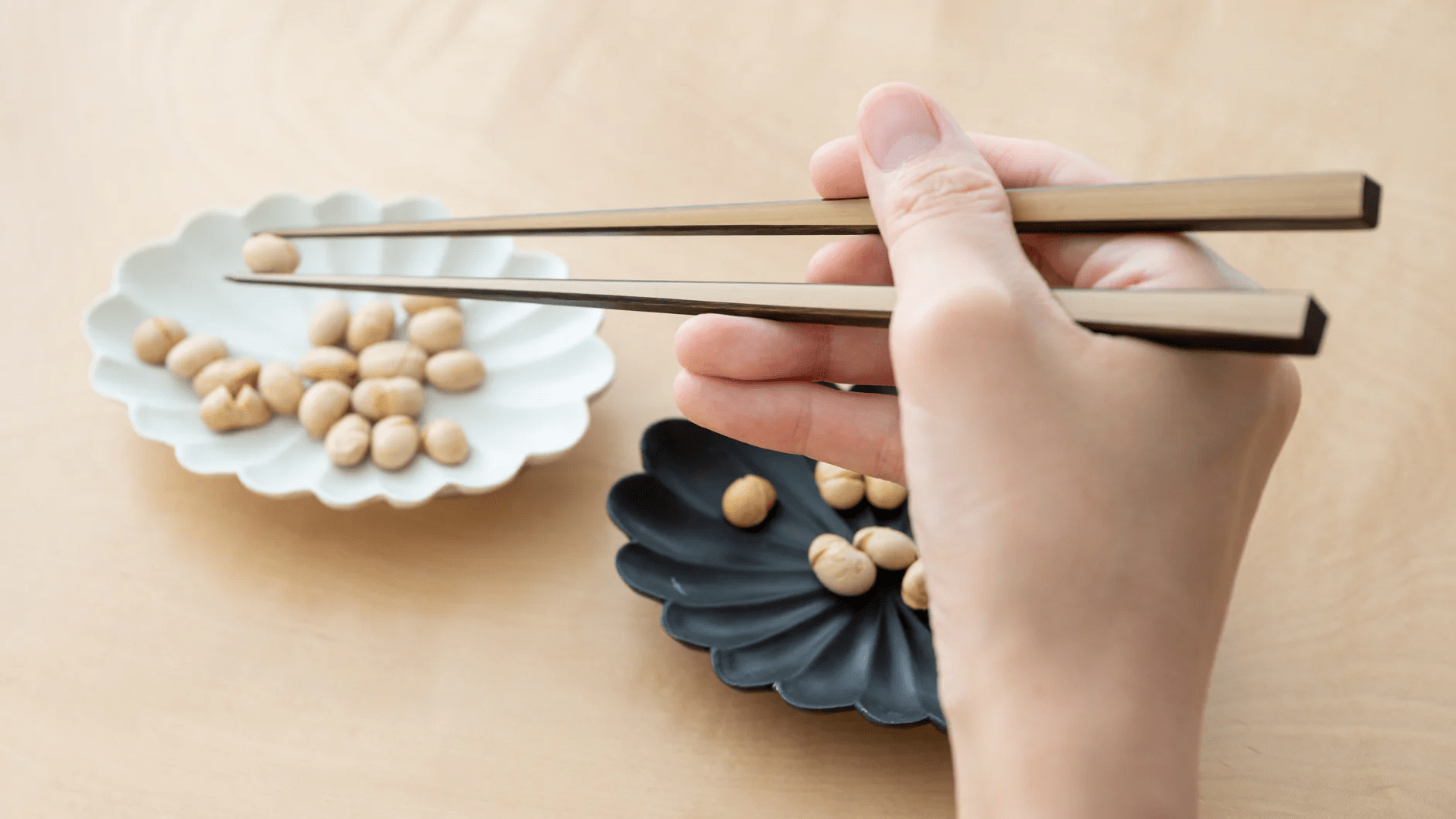
Meet Konamon, the Japanese Take on Flour-Based Foods
Written by Team MUSUBI
Are you familiar with the Japanese food known as konamon?
Konamon is a food made primarily with flour, which has gained popularity at the "JAPAN Fes New York," the world's largest Japanese food festival held annually in New York, USA.
At the "New York Konamon Contest" event of the JAPAN Fes New York, numerous people flock to booths of konamon eateries from Japan every time. The winning store in the contest becomes so popular that it often sees long lines with waits of over two hours.
In this article, we will introduce what kind of dish konamon is, its appeal, and also recommend konamon menus that we would like our readers to try.
tables of contents
Japan's Beloved Wheat Flour Dishes, Konamon

In addition to the unique Kansai (Osaka) term konamon, it is also called konamono and is widely loved throughout Japan, featuring various types of menus including okonomiyaki and takoyaki.
Konamon, a staple taste of the common people, is easily enjoyed not only in eateries but also at food stalls at festivals and other events, and it is also commonly homemade in households.
The Rise of Konamon Restaurants Overseas

Additionally, the opportunity to enjoy konamon overseas is increasing rapidly.
As of 2021, there are about 430 eateries outside Japan offering okonomiyaki, which is approximately 1.4 times more than in the previous five years since 2016. South Korea has the highest number with about 100 eateries, but the number is also increasing in China, Taiwan, and Western countries.

Perhaps as a result of this influence, a "Japanese Food Awareness Survey" conducted in 2023 by a major Japanese food manufacturer in four countries in Europe and Asia showed that takoyaki ranked within the top 10 in all countries surveyed, and okonomiyaki also ranked within the top 20.
Must-Try First! Three Recommended Konamon Menus
Let's introduce three menus that represent konamon, along with their charms.
Okonomiyaki

Originally, it is said to have been born in Tokyo as a Japanese-style Western cuisine inspired by tempura. The name of the dish supposedly comes from cooking with ingredients to the customer's okonomi "liking."
In Osaka as well, okonomiyaki specialty stores emerged after the war, gaining explosive popularity for being cheap, delicious, and voluminous, eventually becoming known as a specialty of Osaka.

While Osaka-style okonomiyaki uses a rich dashi "broth" and mixes all the ingredients before cooking, Hiroshima-style okonomiyaki does not use dashi and instead spreads the flour batter thinly like a crepe on the griddle, layering cabbage, pork, yakisoba "fried noodles," and a thinly cooked egg without mixing them, and then steam-cooks the layers.

Besides the ingredients mentioned above, you can choose from cheese, kimchi, mochi, cod roe, green onions, and more. The fact that customers can cook it themselves if they wish, the live cooking on the griddle in front of them, and its affordability and healthiness make okonomiyaki popular among foreigners visiting Japan.
An experienced chef, with a large spatula in hand, can skillfully manipulate the steam while perfectly controlling the heat to maximize the deliciousness of the ingredients. The taste of okonomiyaki, where all the ingredients come together, is so wonderful that it is said to "surpass B-grade gourmet (good cheap eats)."
Takoyaki

Its origins are debated, with some theories suggesting it has roots in a dish from Akashi in Hyogo Prefecture, a famous octopus region, during the Meiji era ( 1868 CE - 1912 CE ), while others claim it was born in Osaka after World War II.

Like okonomiyaki, takoyaki has specialty stores throughout Japan, starting with its home in Osaka, each offering its unique take on ingredients and cooking methods. It's enjoyed as a snack and is commonly homemade in Osaka households.
The exterior is cooked to a crispy shell, while the inside batter remains tender and creamy, delicately prepared to blend the chewy texture and flavor of octopus and various ingredients into one takoyaki.
The savory aroma of the thick, sweet, and rich sauce used on okonomiyaki, as well as the topping of creamy Japanese-style mayonnaise made only with egg yolks, enhances the deliciousness of takoyaki.
Moreover, it's a must-see how chefs in store windows skillfully use thin skewers to quickly flip the batter, cooking up a batch of takoyaki.
Monjayaki

While okonomiyaki and takoyaki are konamon centered around the Kansai region (Osaka), the heartland of monjayaki is in Tokyo, particularly in the nostalgic, old-town area.
Monjayaki is made by mixing a watery batter of flour with cabbage, red ginger, corn, sakura shrimp, tempura scraps, bonito flakes, soy sauce, worcestershire sauce, and other ingredients, then cooking it on a griddle. Diners eat it directly from the griddle using a small metal spatula, scooping up hot bites in a unique style.

The name originated during the era of scarcity from the end of the Edo period to the Meiji period, when children, who could hardly obtain paper or calligraphy tools, would write characters on the griddle with batter made from flour and water. This practice was called mojiyaki "character grilling," evolving from "moji" to "monji" and then to "monjya."

Near Tsukishima, you can also find one of Japan's premier gourmet spots, the Tsukiji Outer Market, which might be worth visiting as well.
Konamon Offers You a Wonderful Japanese Food Experience

Unlike sushi and tempura, which can often be quite expensive in Japan, konamon allows you to enjoy authentic flavors crafted with skilled artisanal techniques at prices as reasonable as those for ramen, which is another great aspect of konamon.
If you haven't yet had the opportunity, it's highly recommended to try authentic konamon in Japan at least once!








Leave a comment
This site is protected by hCaptcha and the hCaptcha Privacy Policy and Terms of Service apply.